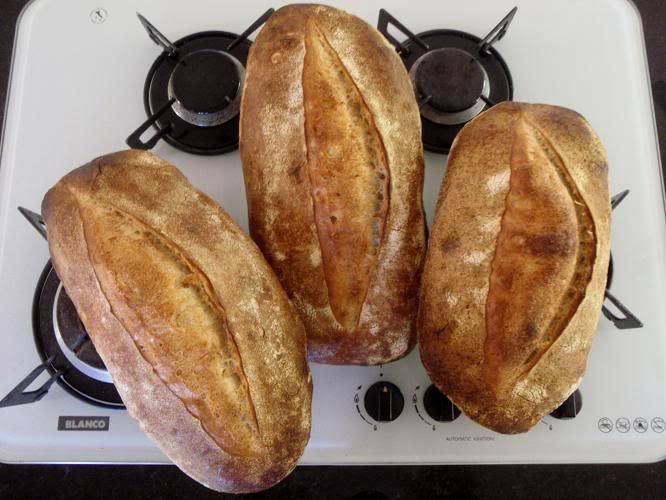100% Spelt Levain Bread
At SFBI, we did a 100% Spelt bread using dry instant yeast. To soften the bitterness taste of spelt flour, we did a poolish as the preferment for this bread. The result was very pleasing. Two things about that spelt bread I found worthy of a mention from my own perspective:
